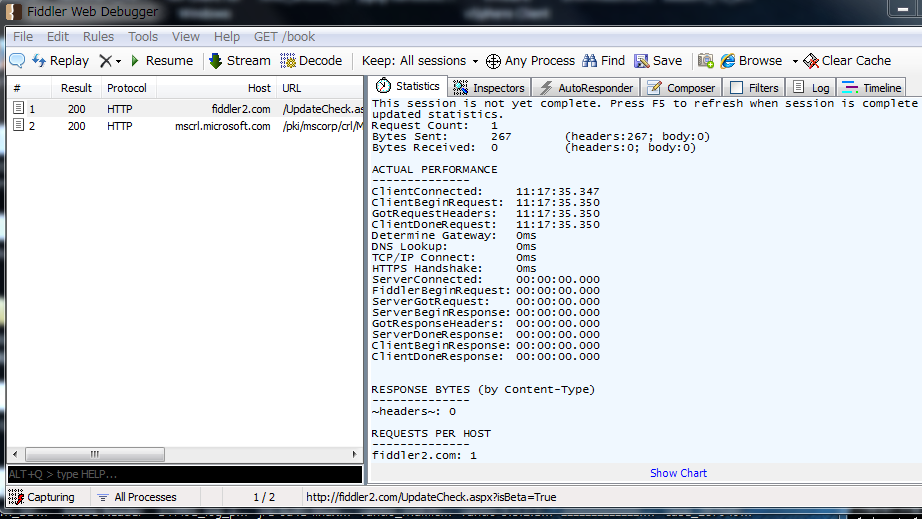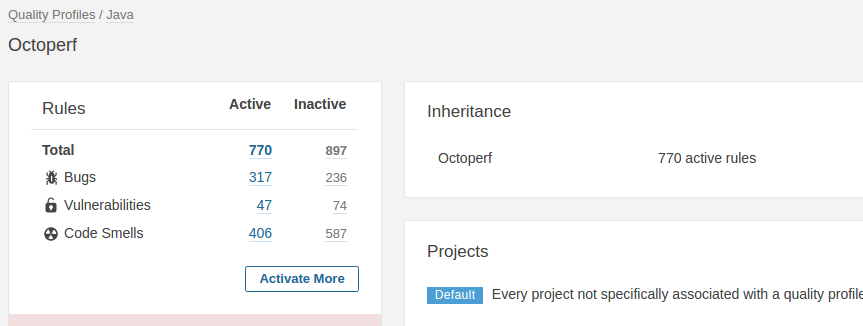OctoPerf enterprise edition
I am pleased to announce a very important Milestone in OctoPerf's history. OctoPerf is releasing it's Enterprise Edition, an OctoPerf version you can install anywhere and use to run your own tests.
It's been a couple of years since we originally launched OctoPerf and I consider myself lucky to have been part of this adventure. We keep the development pace very high to meet our challenges and are happy now to propose a solution able to deal with high security requirements. The OctoPerf Enterprise Edition is on par with the SaaS solution in terms of features and User Interface. It is still the same easy to learn, quick and price attractive software , but now you can host all data yourself. You own everything. Like our SaaS platform you can use it for free with up to 50 concurrent users. You are not limited in number of test, duration or features. Feel free to give it a try.
If you want to find out more about the required configuration to run it, this is covered in the Enterprise Edition documentation.




